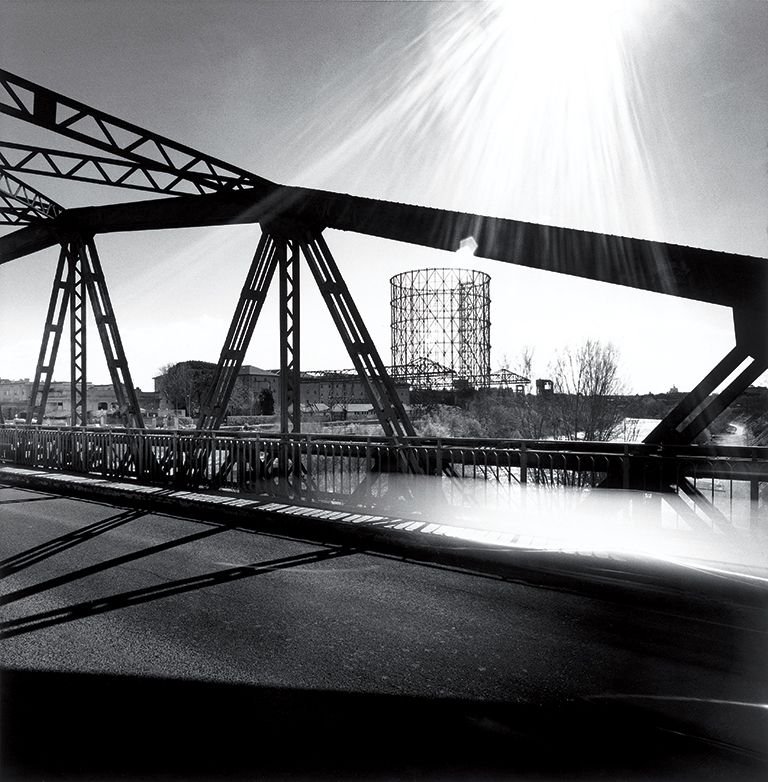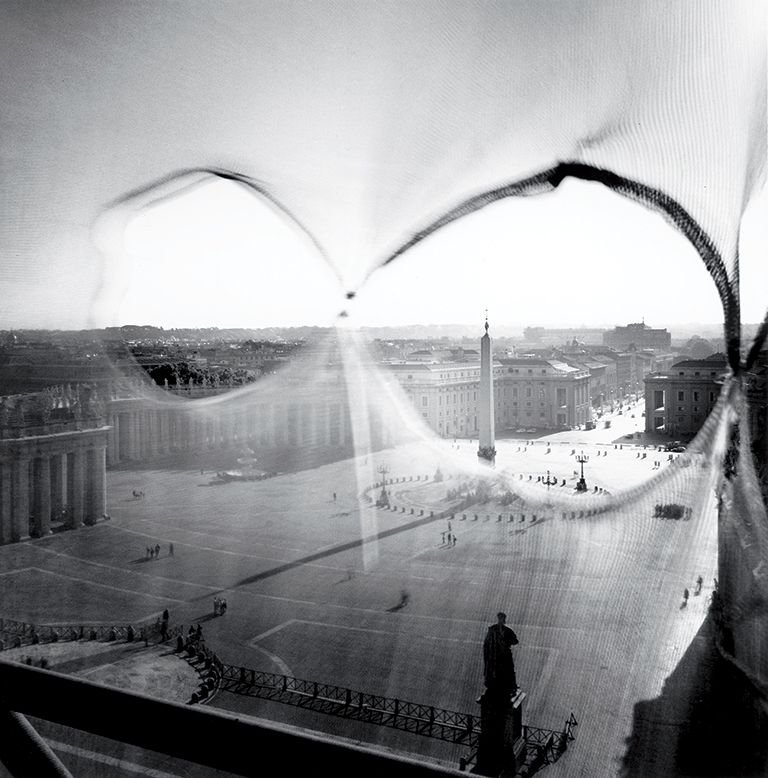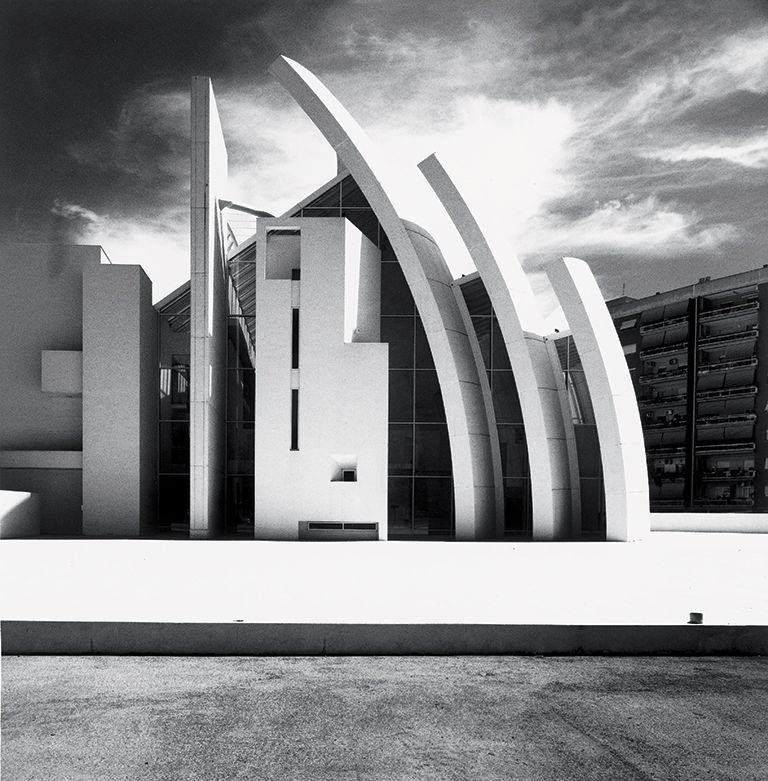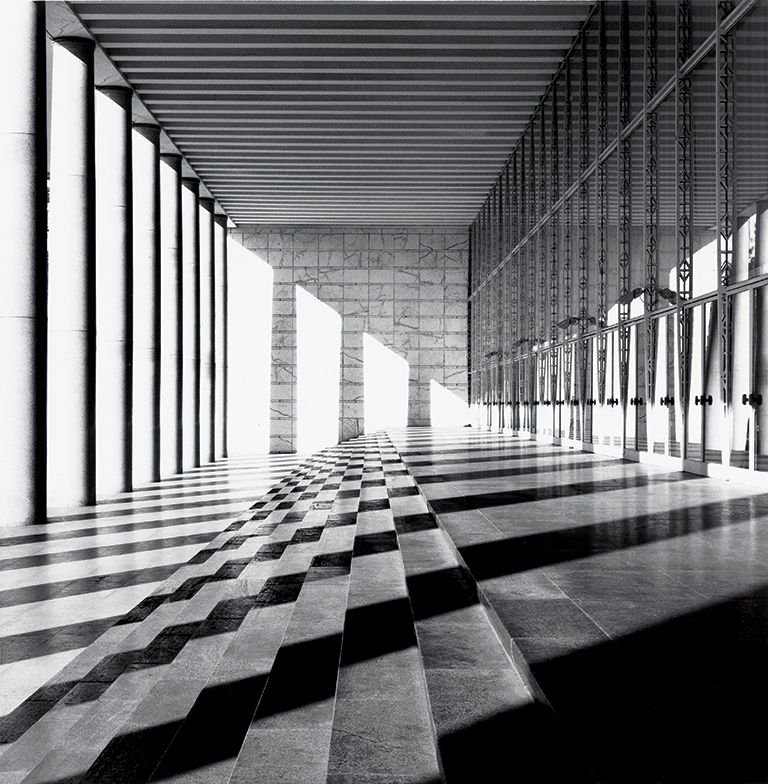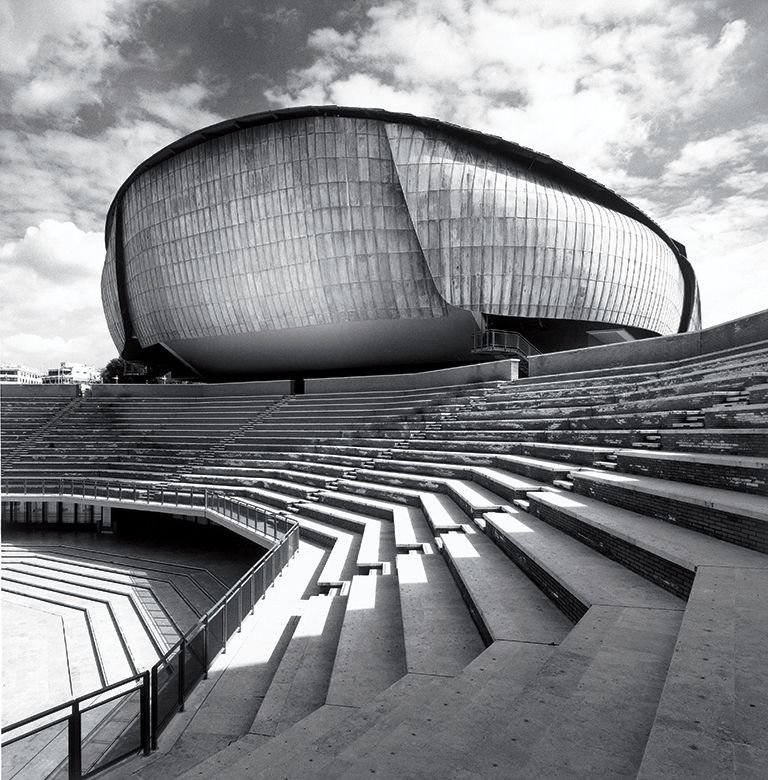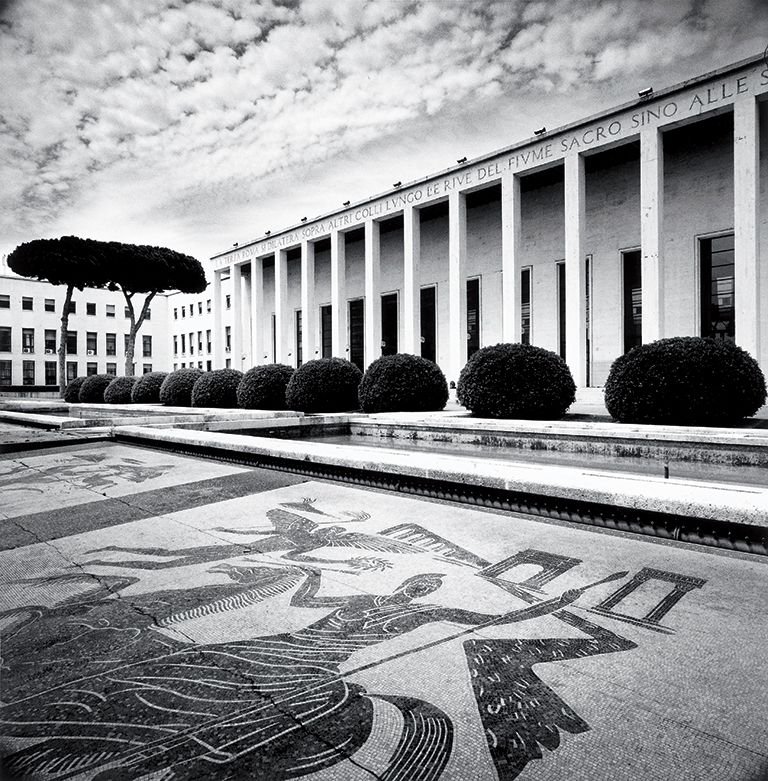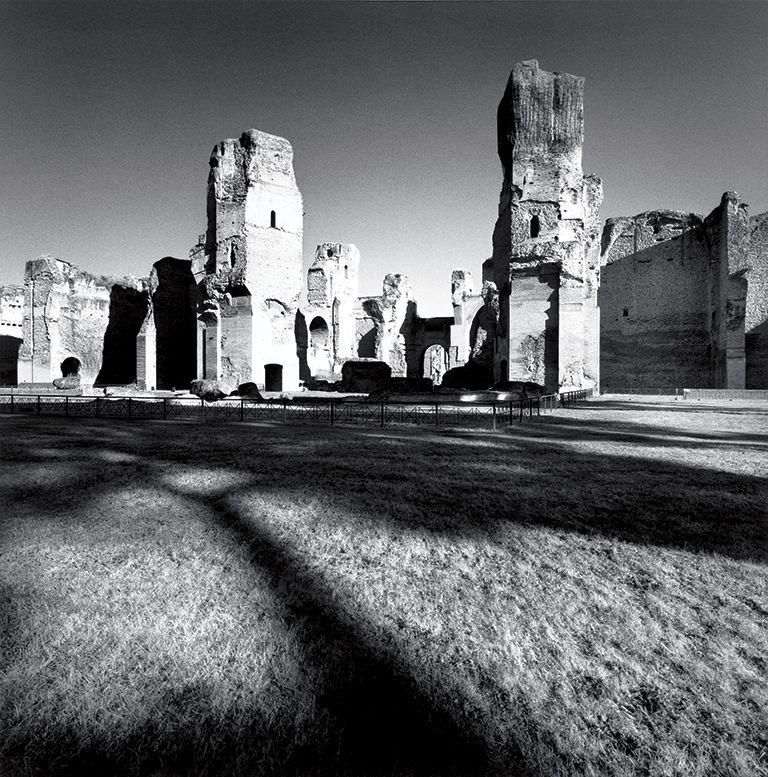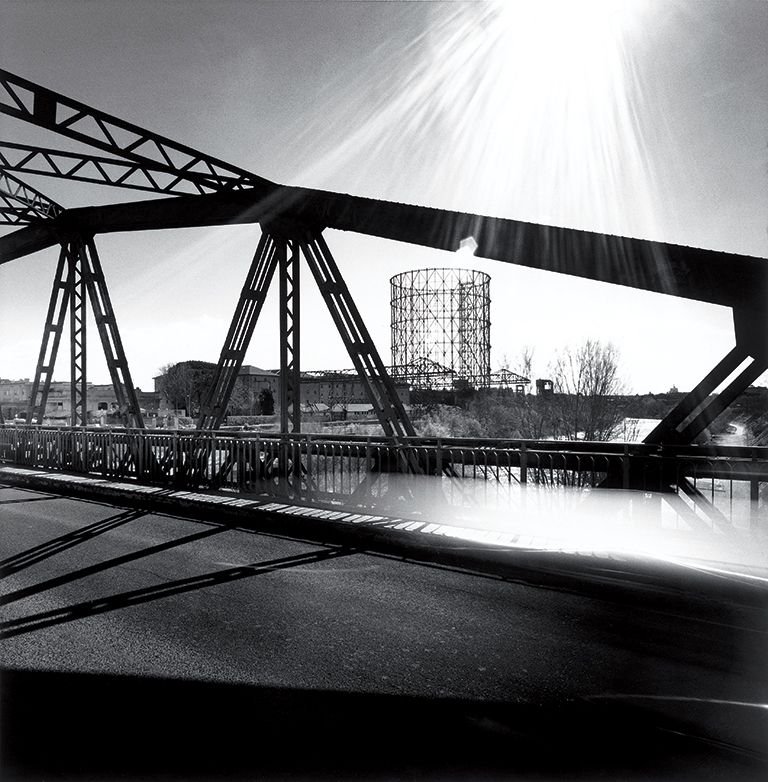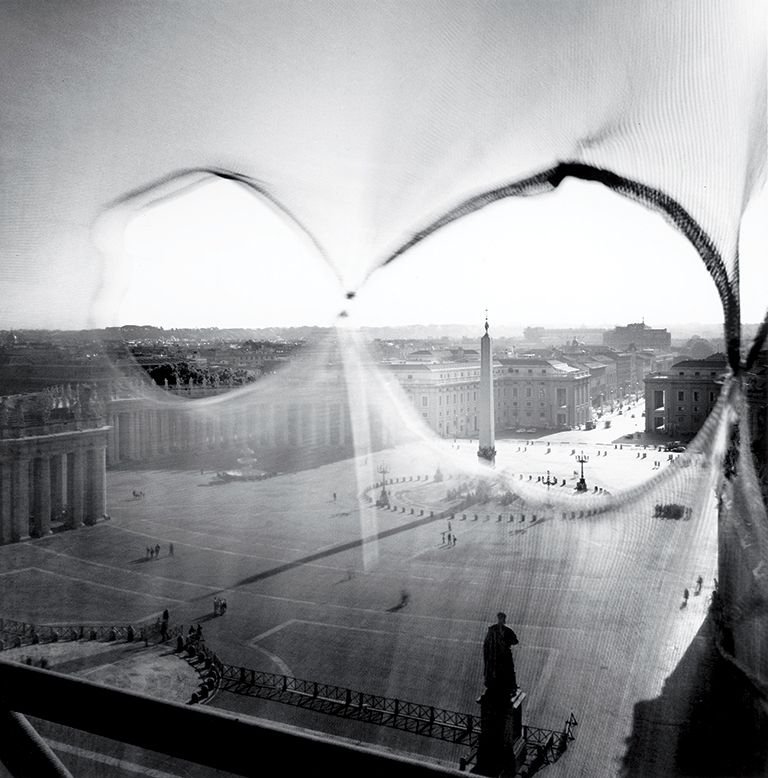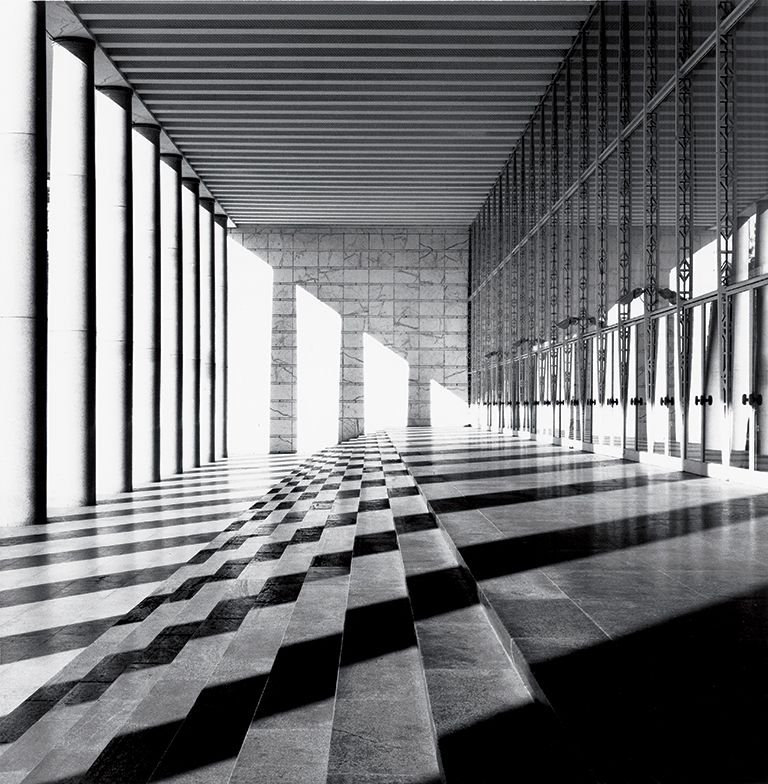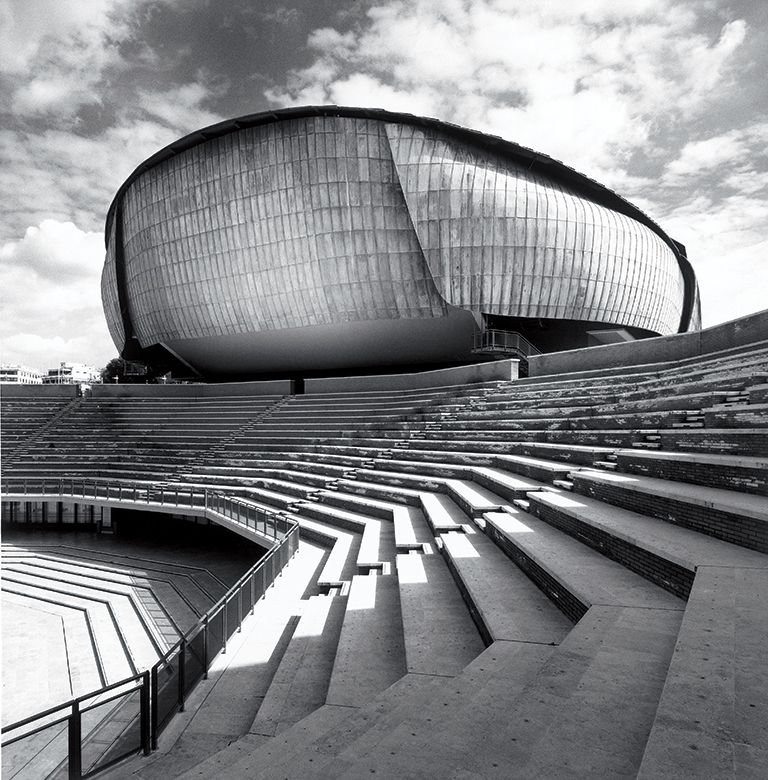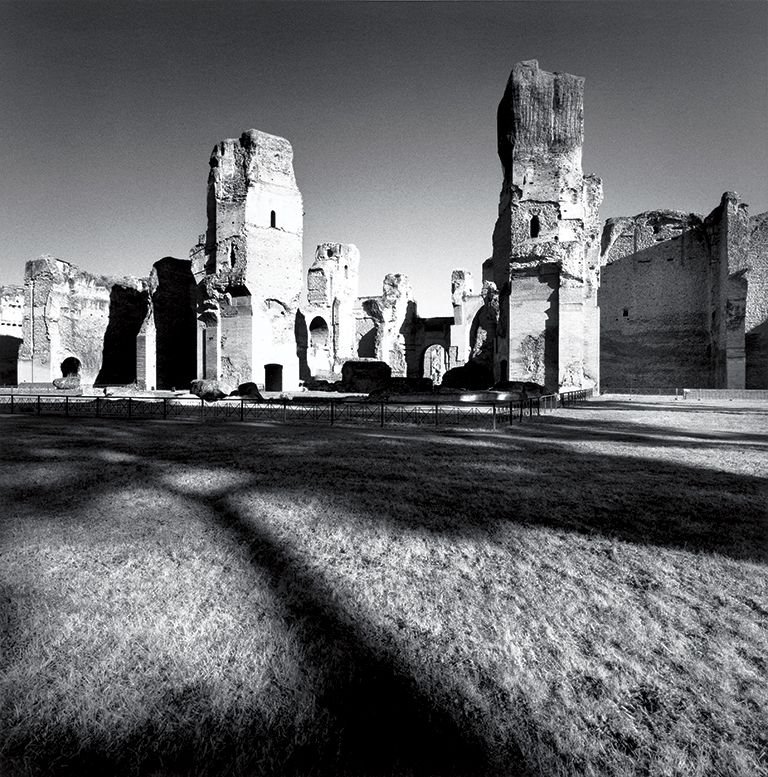Roma
Throught time, only few books have been devoted to Rome, as artists have always been in awe of the Ethernal City. As many other photographers, Mimmo Jodice waited many years before facing such a project, but his most recent works, especially the one on the myth of the Mediterranean, can be regarded as preparatory to the myth of Rome. Jodice’s eye spans from the ruins of the Ancient Rome to the Renaissance, Baroque and modern architectures, guiding us in a long journey through time and history. The book is a project commissioned by the publisher to Mimmo Jodice and is an independent publication with no connection to any exhibition or event.
The volume includes texts by Richard Burdett, Centennial Professor in Architecture and Urbanism at the London School of Economics and currently chief adviser on architecture and urbanism for the London 2012 Olympics, and Cornelia Lauf, art historian and curator currently teaching at the faculty of Arts and Design at IUAV in Venice.
Textual index
Svelare l'essenza / Making the Inherent Apparent di Richard Burdett
ROMA Mimmo Jodice
Alla ricerca del passato / In Search of the Past di Cornelia Lauf
Roma


